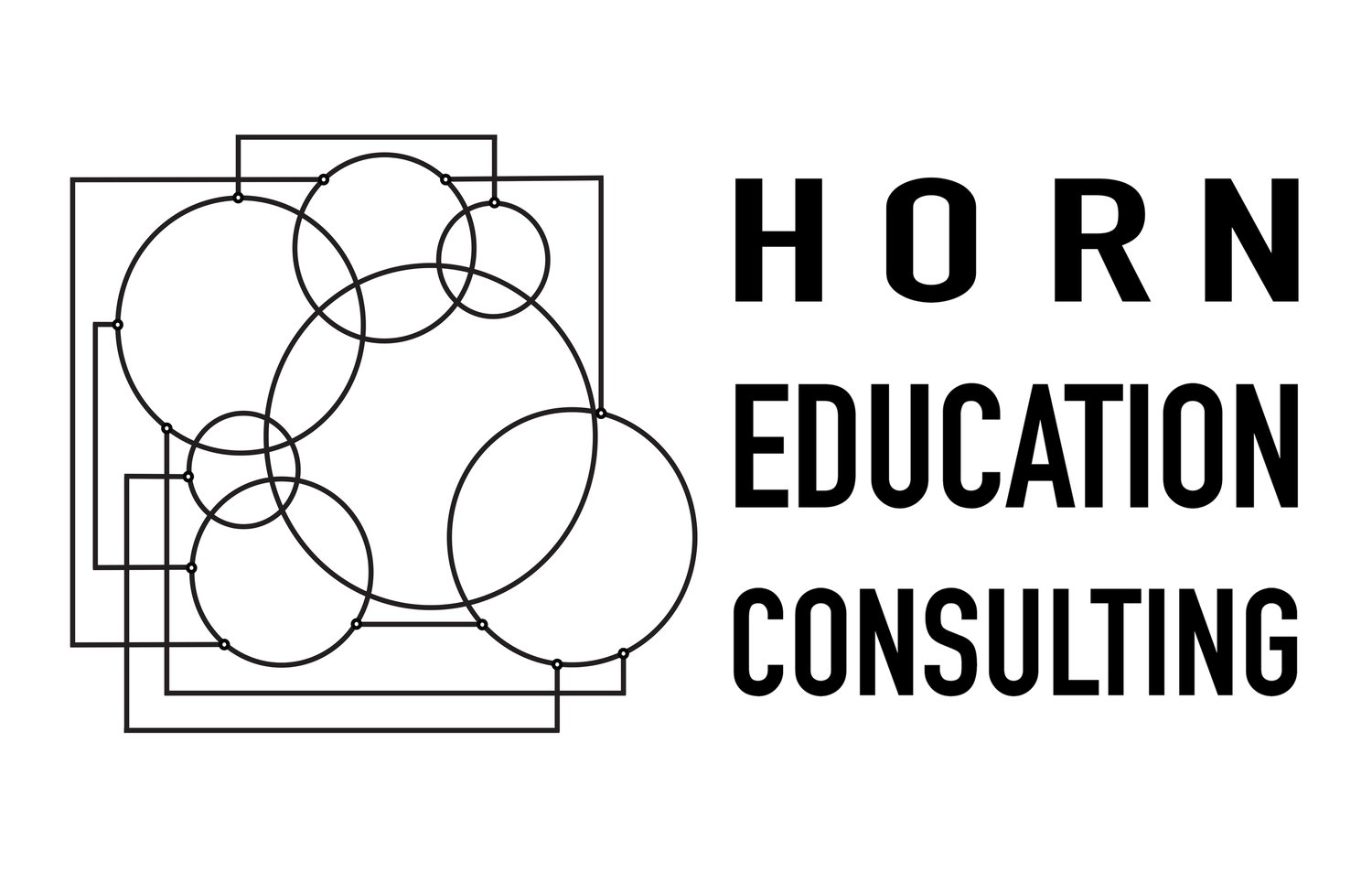Question convention and current practice.
Wait, why do we do it this way?
“What if we redirected the emphasis on reading and math to applications of those literacies in social studies and science?” It was almost a throwaway line by Torch Lytle—a brief, transitional remark during feedback on a benchmark exercise at the end of my second year in grad school. It was also typical for this former superintendent and building principal, who includes Question convention and current practice as a key element of his work in schools.
Wait, why do we do it this way? There are few questions more important for leaders to ask, but schools make doing so uniquely difficult.
“If Rip Van Winkle woke up today after 200 years, all he’d recognize is the schools”: so runs the one-liner beloved of education reformers. The joke may not be hilarious, but it is important. Any institution is inherently conservative to some degree, or it wouldn’t be an institution. With schools, however, the tendency to keep doing what we’ve been doing is especially entrenched.
The reasons for this essential consistency are understandable. Sociologist Dan Lortie noted that young people see teachers at work far more than they see any other occupational group; by the time of high school graduation, the average U.S. student has spent 13,000 hours in direct contact with classroom teachers. If students go on to become teachers themselves, they are hardly proceeding from a blank slate! There has already been sustained exposure to teaching and school, which tends to reinforce notions of how school should be done.
In effect, any reflection and re-thinking that pre-service teachers do must contend with the many thousands of hours of K-12 school experience they’ve already logged as students. And so it was for their own teachers—and their teachers—and theirs—all the way back to before Rip Van Winkle.
In his classic study Schoolteacher, Lortie found a strong tendency among those entering the teaching profession to approve of existing school arrangements rather than pressing for change. Given that most school leaders come from the ranks of teachers, they share a conservative tendency. Add to the mix parents who tend to expect their kids’ experience to be similar to their own, and boards of education or trustees that typically see their function as keeping the ship afloat (not rocking it).
Because of this formidable inertia, it is crucial that 21st-century school leaders not only question convention and current practice themselves, but also explicitly encourage others to take the role of devil’s advocate. Repeatedly. As a group of Harvard Business School researchers found in their work with surgical teams: If it’s said only once, people tend not to hear (or believe) a message that contradicts old norms.
REFERENCES
Dan C. Lortie. Schoolteacher (U of Chicago, 1975)
James H. Lytle. Working for Kids: Education Leadership as Inquiry and Invention (Rowman & Littlefield, 2010)
[Image of 1939 Lincolnville, ME schoolhouse from bangordailynews.com. Article copyright 2016 by Peter Horn, Ed.D. All rights reserved.]


